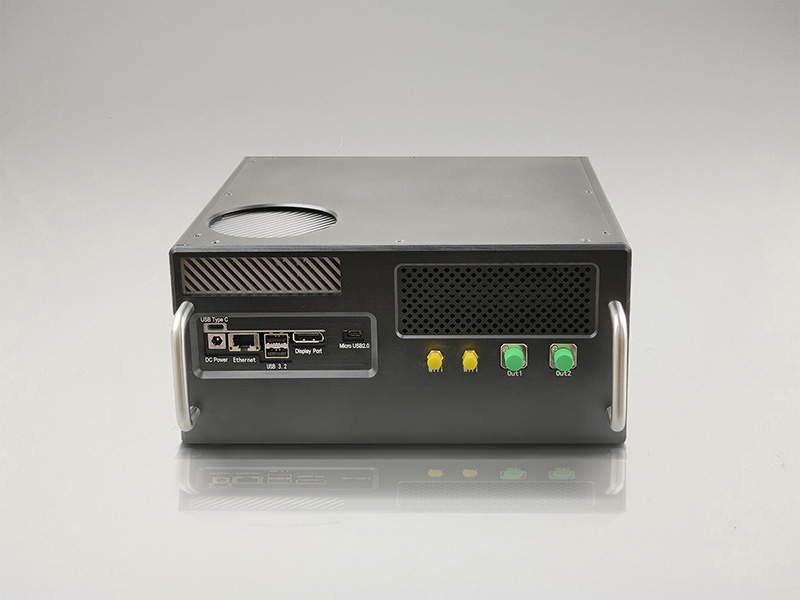Portable DAS uses AI to monitor pipeline leaks and blockages.
Portable DAS uses AI to monitor pipeline leaks and blockages., There's a crack here, and water seeps out through this tiny fissure. At this point, we need to use this fiber optic cable to monitor it and see if we can detect the leakage state. We trained an AI model to conduct this discrimination experiment.
Video Link:
Subtitles in the video
Hello everyone, we will now proceed with this application:
Distributed Fiber Optic Vibration Sensing
for pipeline leakage monitoring.
First,
our experimental setup is as follows:
From this side,
we have a 20mm pipe
supplying water to a 50mm PVC pipe.
This pipeline consists of two sections
with a connection point in the middle.
There is a control valve here,
currently in the open position.
When open,
water flows freely through the pipe
once supplied.
However, when closed,
due to a crack present here,
water will seep out
through this minute fissure.
At this point, we need to use this fiber optic cable
to perform sensing
and determine if we can detect
the leakage state.
Our trained AI model
is used for this discrimination experiment.
Alright, currently
since no water is flowing,
our pipe is in this
schematic diagram shows a gray state—
gray indicates
a waterless condition.
Alright.
Now, as we open this valve,
let's first attempt to supply water. Please supply water.
Alright, at this moment,
we observe
it switches to a flowing water state.
Yes.
At this point,
water can naturally flow through
the pipe itself.
Alright.
Now, please close this valve.
Gradually, over here,
we'll hear some sounds—
water—
due to water pressure—
slowly
seeping out
from this gap.
At this moment, we can also observe
our AI model can accurately
and reliably identify
that it's now in a
leaking
state.
Once it stabilizes,
it's definitely in this
leaking
state.
Ah, at this point,
we can then trigger
the necessary alarms as needed.
And we've discovered that, um,
Although this pipeline isn't very long—just three or four meters—
it falls within
the theoretical resolution range
of this DAS system.
Nevertheless, we can clearly distinguish
whether water is flowing
or leaking.
At this point,
we'll restore it to its natural flow state.
Please open this valve.
Alright.
Then, in this manner,
the water will gradually
After the pressure release earlier,
the water can now flow naturally.
We can wait a moment
until it reaches a steady state.
Now,
as the leakage gradually disappears,
it has indeed switched back to
a normal flow state.
At this point, we observe
that since this crack is oriented slightly upward,
the leakage has ceased.
Then, using the opposite pipeline
to distinguish the status.
Currently, it detects a
normal flow
state.
Mm-hmm.
Alright.
It has stabilized in this correct
monitoring state.
Now we'll turn off the water.
Please shut off the water.
Alright. We may need to
wait a moment
for the water in the well to drain completely.
Mm-hmm.
Alright.
Once it enters a steady state,
it will be in this waterless
condition.
At this point, it means there is no water left.
Overall, we use this distributed fiber optic
intelligent sensing system
to demonstrate its ability to distinguish
between different pipeline states.
Yes.
So the structure of this AI model
remains applicable in such scenarios.
Alright, thank you all.
